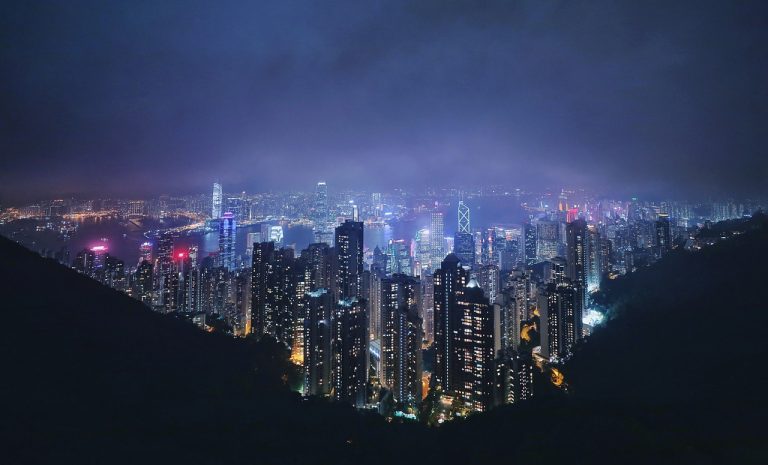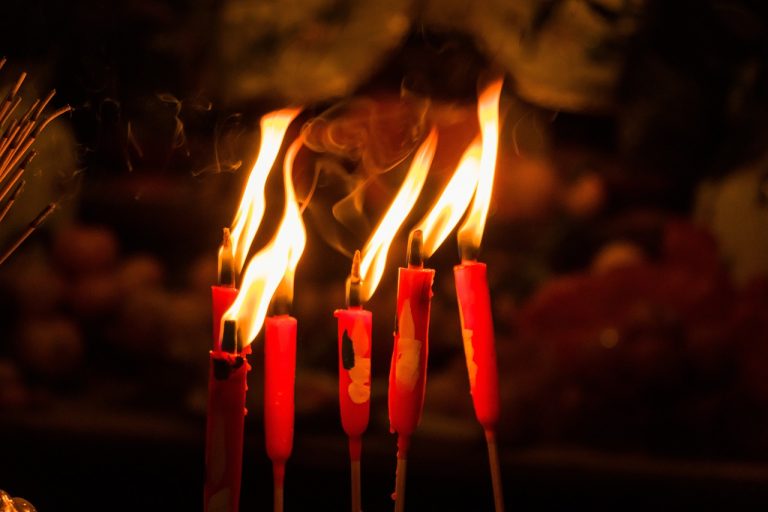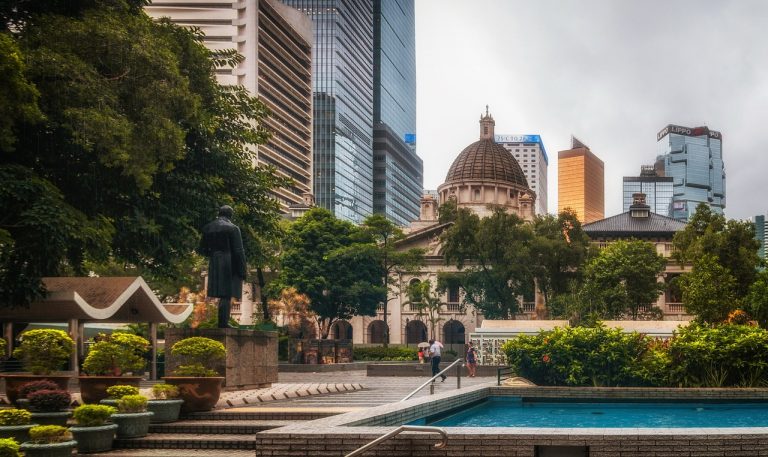Hong Kong Video
Local Myths and Legends of Hong Kong
Hong Kong, a bustling metropolis known for its sky-high towers and vibrant culture, is also home to a rich tapestry of local myths and legends. These stories have been passed down through generations, captivating locals and visitors alike. In this article, we will delve into the fascinating world of Hong Kong’s local folklore, exploring the tales of mythical creatures, haunted locations, and legendary figures that have shaped the city’s cultural landscape.
Dragons of Victoria Peak
Victoria Peak, the highest point on Hong Kong Island, is not only renowned for its panoramic views but also for its association with dragons. According to local legends, a powerful dragon resides beneath the peak, guarding the city and bringing prosperity. Visitors often seek the dragon’s blessings by throwing coins into a wishing well located at the peak’s summit. The belief is that the dragon will grant their wishes and bring them good fortune.
- Dragon’s Blessing: Visitors can make a wish at the wishing well and toss a coin into the water to seek the dragon’s blessing for good luck.
- Dragon’s Guardian: The dragon is believed to protect the city from harm and bring prosperity to its inhabitants.
- Dragon’s Lair: Legends claim that the dragon resides deep beneath Victoria Peak, hidden from human eyes.
The Ghost Bride of Nam Koo Terrace
Nam Koo Terrace, an elegant colonial mansion in Wan Chai, is steeped in eerie tales of a ghostly bride. According to local folklore, a young bride-to-be tragically died on her wedding day and her spirit is said to haunt the terrace. Witnesses claim to have seen a veiled figure wandering the premises, dressed in a white wedding gown. The Ghost Bride of Nam Koo Terrace has become a popular ghost story, attracting thrill-seekers and paranormal enthusiasts.
- Tragic Love Story: The ghostly bride is believed to be the spirit of a young woman who died on her wedding day, forever bound to the terrace.
- Apparitions: Witnesses have reported seeing a veiled figure dressed in a white wedding gown, wandering the premises.
- Paranormal Attraction: The haunted reputation of Nam Koo Terrace has drawn interest from those intrigued by the supernatural.
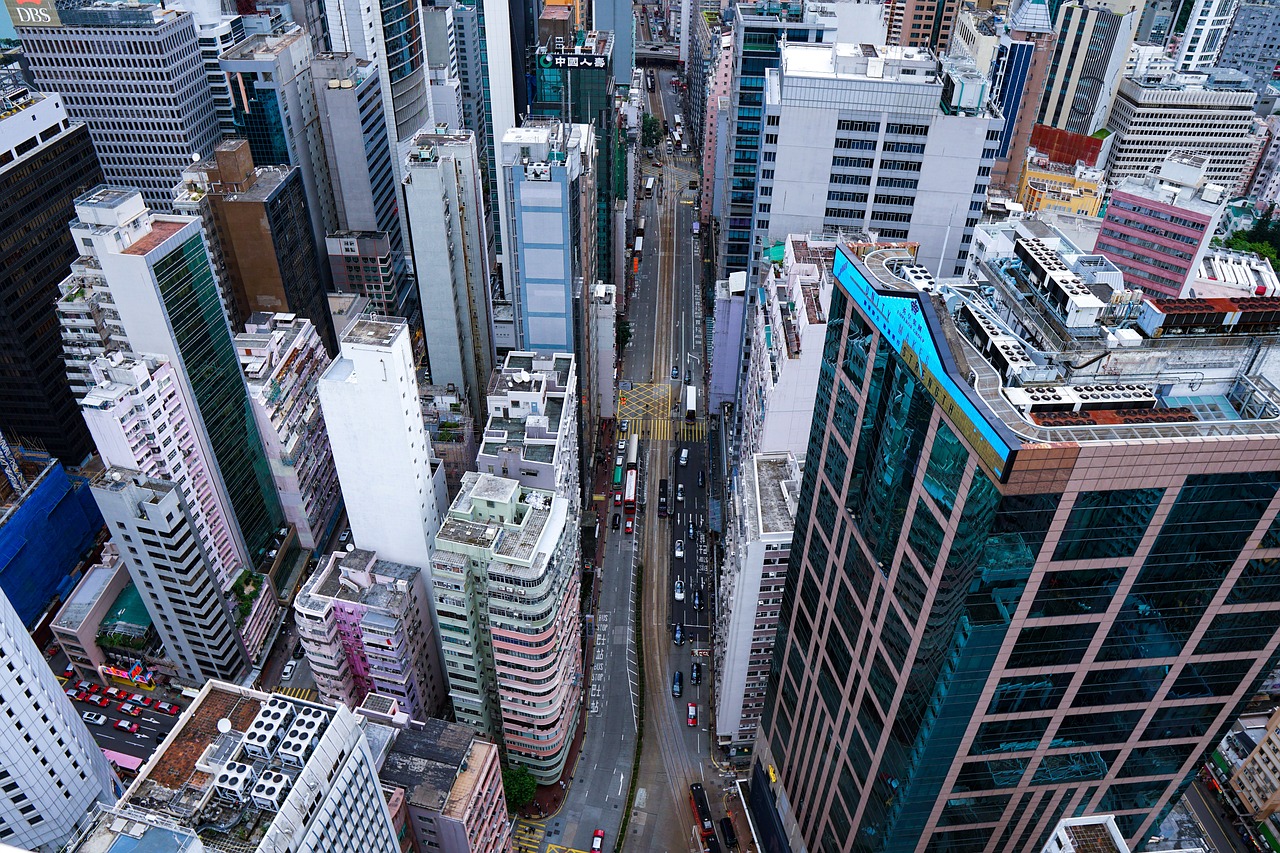
The Hungry Ghost Festival
The Hungry Ghost Festival, also known as Yue Lan, is an annual event celebrated by the Chinese community in Hong Kong. This festival is based on the belief that during the seventh month of the lunar calendar, the gates of the afterlife are opened, allowing spirits to roam freely among the living. Elaborate rituals and offerings are made to appease these wandering spirits and ensure their blessings.
- Ghostly Encounters: The Hungry Ghost Festival is a time when spirits are believed to visit the mortal realm, and precautions are taken to honor and appease them.
- Offerings and Rituals: Elaborate ceremonies, including the burning of joss paper and the preparation of food offerings, are performed to please the spirits and ensure their goodwill.
- Superstitions and Taboos: During this month, many locals avoid outdoor activities at night, fearing encounters with restless spirits.
The Lion Rock Spirit
Lion Rock, an iconic mountain in Hong Kong, holds a special place in the hearts of the city’s residents. It is not only a symbol of strength and resilience but also believed to be inhabited by a protective spirit. The Lion Rock Spirit is revered for its watchful presence over the city, offering guidance and protection to its inhabitants. The mountain’s silhouette resembles a lion, hence its name, and it has become a symbol of Hong Kong’s indomitable spirit.
- Symbol of Resilience: Lion Rock is seen as a representation of Hong Kong’s strength and determination in the face of challenges.
- Protective Spirit: The Lion Rock Spirit is believed to watch over the city, offering guidance and protection to its residents.
- Inspiring Icon: The mountain’s distinctive shape has become a symbol of unity and pride for the people of Hong Kong.
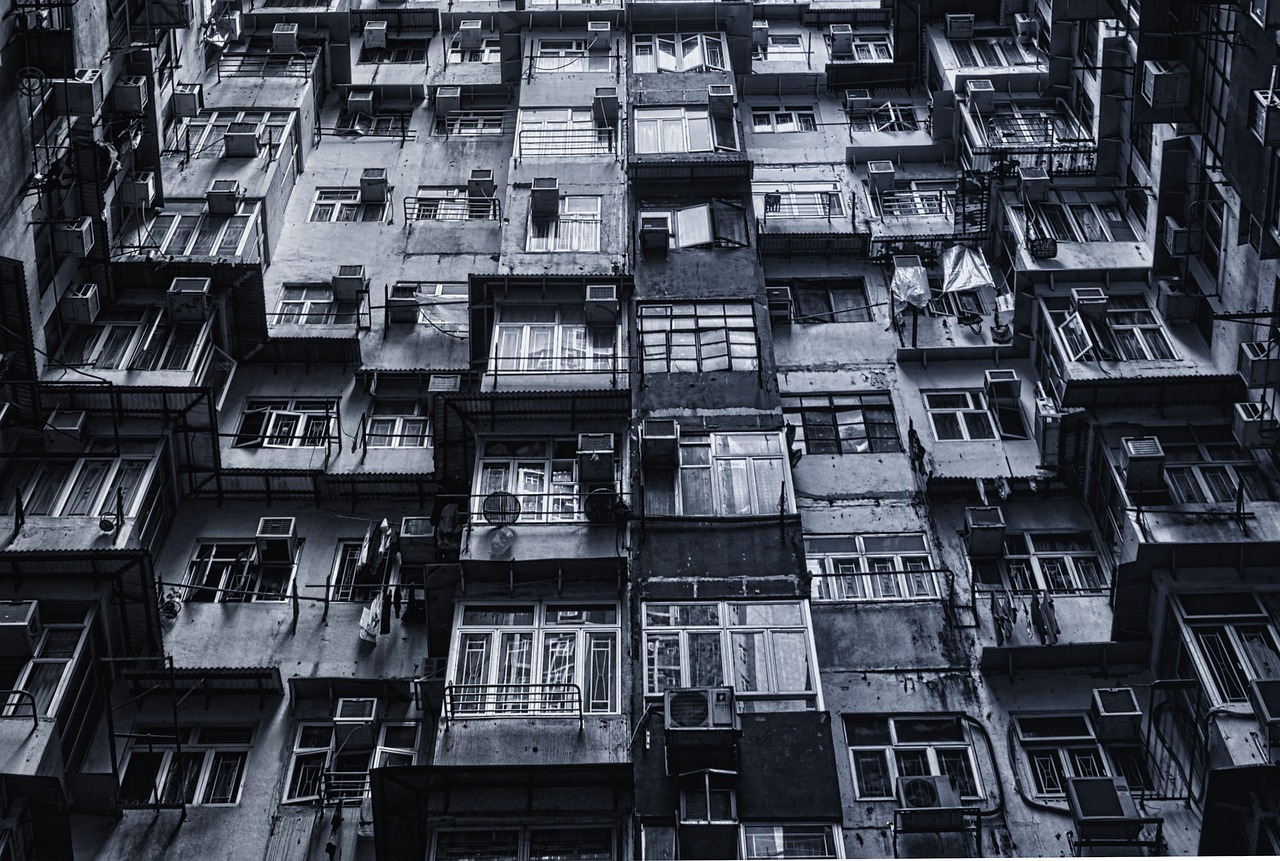
The Tuen Mun White Dolphin
The Tuen Mun White Dolphin, also known as the Chinese White Dolphin, is a rare and endangered species that frequents the waters around Hong Kong. These majestic creatures have captured the imaginations of locals and visitors alike, inspiring numerous myths and legends. According to folklore, encountering a Tuen Mun White Dolphin is a sign of good luck and blessings from the sea. The dolphins are seen as guardians of the waters, bringing harmony and prosperity to the region.
- Celestial Guardians: The Tuen Mun White Dolphins are believed to be guardians of the sea, bringing blessings and good fortune to those who encounter them.
- Rare and Endangered: The dolphins’ dwindling population adds to their mystique, as sightings become increasingly rare and special.
- Conservation Efforts: The presence of these dolphins has spurred conservation initiatives to protect their habitat and ensure their survival.
The Resilience of Joss House Bay
Joss House Bay, located in the northeastern New Territories, is home to a small fishing village and a temple dedicated to Tin Hau, the Goddess of the Sea. This picturesque bay has a history of weathering storms and disasters, earning a reputation for its resilience. Local folklore tells stories of how the villagers’ unwavering faith in Tin Hau helped protect them from calamities, making Joss House Bay a symbol of strength and hope.
- Tin Hau’s Protection: The temple dedicated to Tin Hau is believed to offer protection and blessings to the villagers, safeguarding them from natural disasters.
- Symbol of Resilience: Joss House Bay’s ability to withstand storms and adversities has made it an emblem of strength and hope.
- Religious Devotion: The unwavering faith of the villagers in Tin Hau showcases the power of belief in times of hardship.
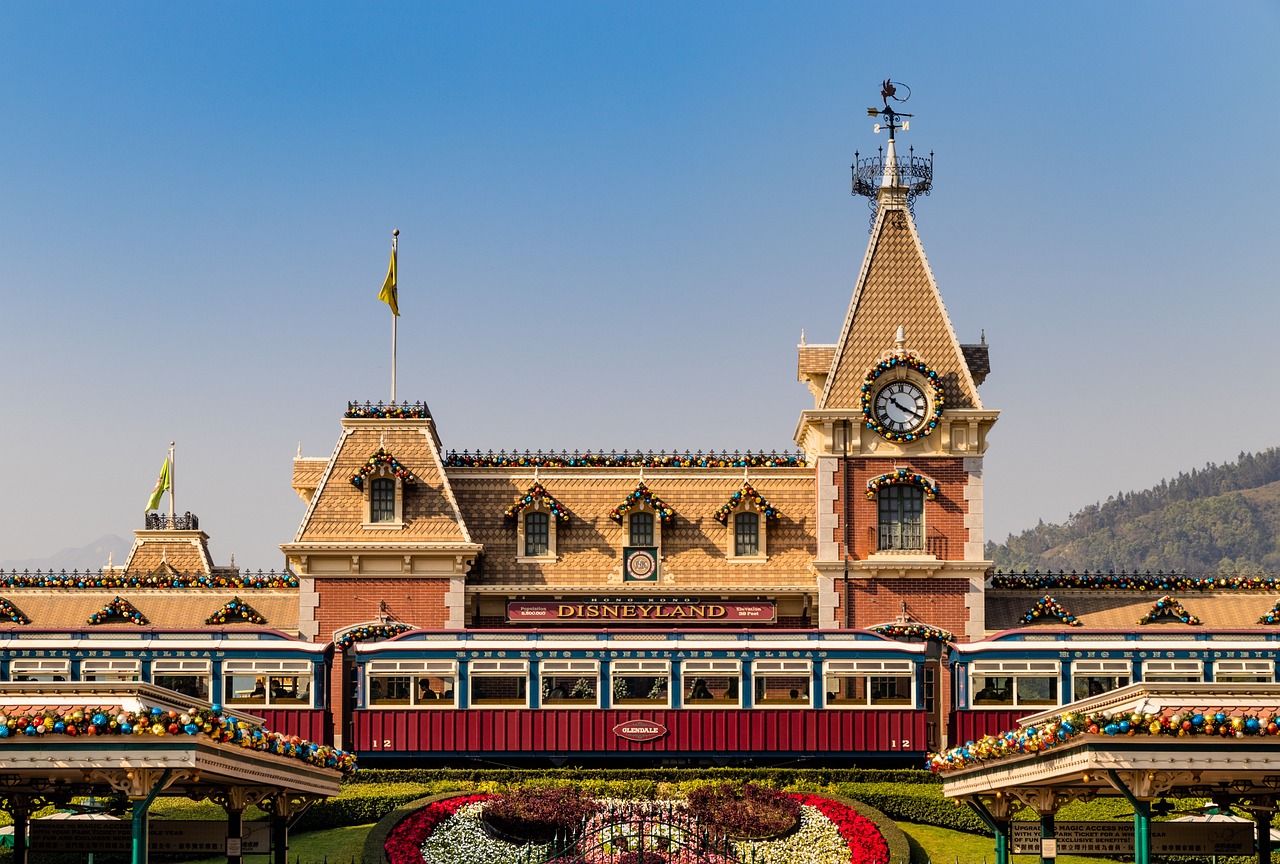
The Legendary Monkey King
The Monkey King, also known as Sun Wukong, is a legendary figure from the classic Chinese novel “Journey to the West.” While not exclusive to Hong Kong, the Monkey King’s adventures are widely celebrated and have left an indelible mark on the city’s culture. His mischievous nature and extraordinary powers have made him a beloved character in local folklore. Many temples and shrines in Hong Kong pay homage to the Monkey King, attracting devotees seeking his blessings.
- Legendary Hero: The Monkey King is a revered figure in Chinese mythology, known for his cunning, bravery, and magical abilities.
- Influence on Hong Kong Culture: The Monkey King’s stories have permeated various aspects of Hong Kong’s culture, from literature and theater to film and television.
- Devotion and Worship: Temples dedicated to the Monkey King provide a space for devotees to pay their respects and seek his divine intervention.
The Mysterious Kowloon Walled City
The Kowloon Walled City was once a densely populated, lawless enclave that stood as a testament to urban chaos. While it no longer exists, its legend lives on. This labyrinthine city was notorious for its criminal activities and unregulated living conditions. Stories of secret societies, hidden passages, and a lack of government control have shrouded the Kowloon Walled City in mystery, capturing the imagination of those curious about its dark past.
- Lawless Enclave: The Kowloon Walled City was known for its lack of government control, resulting in a unique and chaotic living environment.
- Hidden Passages: Intricate networks of hidden passages and interconnected buildings added to the city’s mystique.
- Urban Legends: Tales of secret societies, criminal activities, and unregulated living conditions have made the Kowloon Walled City a subject of fascination.
The Legendary Kwan Tai Temple
Kwan Tai Temple, located in the bustling district of Wan Chai, is dedicated to Kwan Tai, the God of War and Righteousness. This historic temple is steeped in legends of Kwan Tai’s bravery and loyalty, making it a significant cultural and religious landmark. Devotees flock to the temple to seek blessings of courage and justice, and it serves as a reminder of Hong Kong’s historical connections to ancient Chinese traditions.
- Worship of Kwan Tai: Kwan Tai Temple is a place of worship and reverence for Kwan Tai, the legendary God of War and Righteousness.
- Symbol of Courage: The temple represents bravery and justice, and visitors seek Kwan Tai’s blessings for strength and righteousness.
- Cultural Heritage: Kwan Tai Temple serves as a testament to Hong Kong’s historical ties to ancient Chinese traditions.
The Haunted Former Police Married Quarters
The Former Police Married Quarters, located in the Central district, has a reputation for being haunted. This historic building complex, once housing police officers and their families, is said to be frequented by restless spirits. Urban legends speak of eerie encounters, ghostly apparitions, and unexplained phenomena within the quarters, captivating ghost hunters and curious visitors alike.
- Paranormal Hotspot: The Former Police Married Quarters is known for its alleged paranormal activity, attracting ghost hunters and thrill-seekers.
- Ghostly Encounters: Numerous accounts of ghostly apparitions and unexplained phenomena have contributed to the building’s haunted reputation.
- Historical Significance: The Former Police Married Quarters’ haunting tales add to its historical allure, providing a glimpse into Hong Kong’s past.
Conclusion
Hong Kong’s local myths and legends offer a captivating glimpse into the city’s rich cultural heritage. From dragons and ghosts to legendary figures and haunted locations, these stories have become an integral part of the city’s identity. Whether seeking blessings from mythical creatures or exploring haunted sites, locals and visitors alike can immerse themselves in the enchanting world of Hong Kong’s folklore.
References
- Petit Palace: cityloco.net
- Discover Hong Kong: discoverhongkong.com
- South China Morning Post: scmp.com
- Hong Kong Tourism Board: discoverhongkong.com
- Hong Kong Heritage Project: hkhp.org


